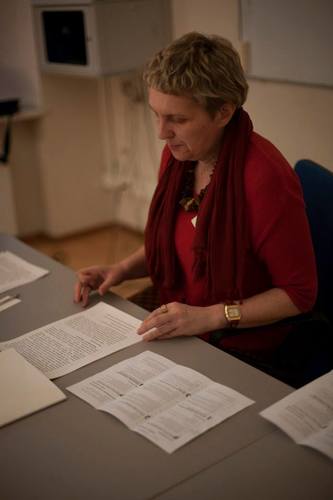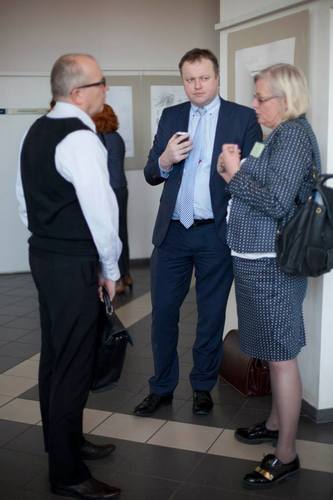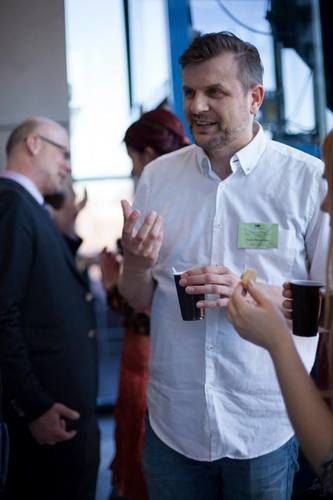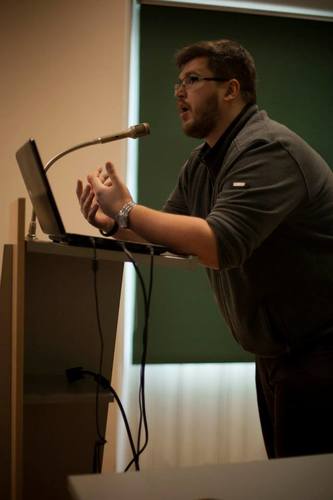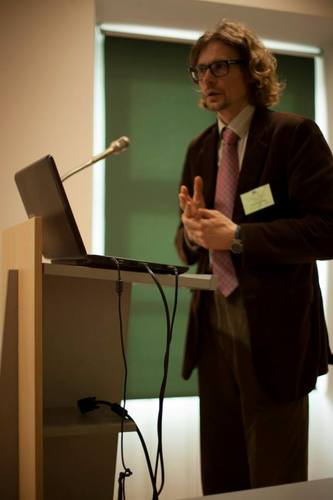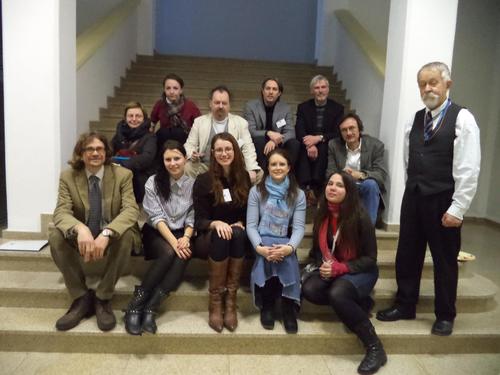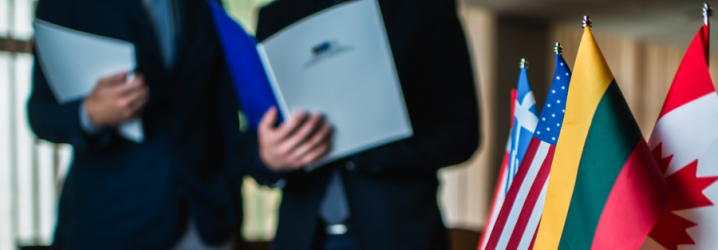
Conferences and Events
International scientific conference "Visuality"
The biennial international interdisciplinary scientific conference "Visuality" is organized by the Department of Philosophy and Cultural Studies (VILNIUS TECH Faculty of Creative Industries). The event attracts participants from various European and other countries: the USA, Australia, Brazil, Columbia, Taiwan, Brunei, England, France, Italy, Portugal, Finland, Germany, Czech Republic, Romania, Slovenia, Poland, Latvia, Turkey, Ukraine, etc.
The conference deals with various aspects of visuality from communication and media, philosophical, sociological, cultural, psychological, political, educational, technological, arts, creative industries etc. perspectives.
Both Lithuanian and foreign peer-reviewed articles, based on the conference reports, will be published in international research journals „Filosofija. Sociologija“ (Eng. "Philosophy. Sociology") and "Creativity Studies".
The conference deals with various aspects of visuality from communication and media, philosophical, sociological, cultural, psychological, political, educational, technological, arts, creative industries etc. perspectives.
Both Lithuanian and foreign peer-reviewed articles, based on the conference reports, will be published in international research journals „Filosofija. Sociologija“ (Eng. "Philosophy. Sociology") and "Creativity Studies".
Visuality 2023: Media and Communication in the Age of (Dis)information
International Conference
VISUALITY 2023: MEDIA AND COMMUNICATION IN THE AGE OF (DIS)INFORMATION
20-21 April 2023
Vilnius Gediminas Technical University
Faculty of Creative Industries
Vilnius, Lithuania
VISUALITY 2023: MEDIA AND COMMUNICATION IN THE AGE OF (DIS)INFORMATION
20-21 April 2023
Vilnius Gediminas Technical University
Faculty of Creative Industries
Vilnius, Lithuania
GENERAL INFORMATION ABOUT THE CONFERENCE
The biennial international interdisciplinary scientific conference “Visuality” is organized by the Department of Philosophy and Cultural Studies (VILNIUS TECH Faculty of Creative Industries). The event attracts participants from various European and other countries: the USA, Australia, Brazil, Columbia, Taiwan, Brunei, England, France, Italy, Portugal, Finland, Germany, Czech Republic, Romania, Slovenia, Poland, Latvia, Turkey, Ukraine, etc. For example, the last conference “Visuality 2021: Media and Communication” received a record number of participants (86) and papers (68) from 23 countries (the USA, Australia, Colombia, England, France, Brazil, Italy, Portugal, Finland, Czech Republic, Sultanate of Brunei, etc.)
The conference deals with various aspects of visuality from communication and media, philosophical, sociological, cultural, psychological, political, educational, technological, arts, creative industries etc. perspectives.
Both Lithuanian and foreign peer-reviewed articles, based on the conference reports, will be published in international research journals „Filosofija. Sociologija“ (Eng. "Philosophy. Sociology") and "Creativity Studies".
The conference deals with various aspects of visuality from communication and media, philosophical, sociological, cultural, psychological, political, educational, technological, arts, creative industries etc. perspectives.
Both Lithuanian and foreign peer-reviewed articles, based on the conference reports, will be published in international research journals „Filosofija. Sociologija“ (Eng. "Philosophy. Sociology") and "Creativity Studies".
CALL FOR PAPERS
The Organizing Committee proudly announces that Call for Papers on International Conference Visuality 2023: Media and Communication in the Age of (Dis)Information is now open.
In his landmark work Picture Theory: Essays on Verbal and Visual Representation (1994), W. J. T. Mitchel claimed that a broadly post-structuralist interest in language and textuality (often referred to as ‘visual turn’) had given way to a new interest in the notion of visuality. Since language could not offer a full explanation of reality, cultural theorists were united in their increasing emphasis on the power of the visuals in art, science and indeed, everyday life. In other words, visuality is intertextual, cross-sectoral and coextensive with the phenomenal field we move towards and the domain we live, interact and communicate (Mickunas).
One of the main regions of the above mentioned field is socio-political space, which nowadays rotates mainly about various forms of media and (dis)information they spread. Visual communication as the intersection point of visuality, creativity and communication plays a very significant role in this area. Namely, visual communication points to the contemporary political context and particularly to the visual aspects of new media and (dis)information. In the contest among media and politics, a more imaginative player usually succeeds. Moreover, visuality has connotations of truth in a propagandistic war. Visual information discloses the brutal reality of the war, provokes political reaction, memorandums and protests. On the other hand, visuality becomes the means of disinformation. Therefore, despite or even instead of the post-truth situation, visual communication forces to choose one side or the other, namely, truth or disinformation.
One of the most effective measures for preventing or at least mitigating the impact of disinformation is critical thinking supported and followed by scientific knowledge the spread of which requires relevant communication. For a long time, science communication has been related to the written format and research papers. However, the rising importance of the Internet and information technologies has profoundly changed the way science is communicated. Researchers, science communicators and other players are using audio-visual media to reinvent their stories, deconstruct complex phenomena and increase the outreach of scientific publications. Digital tools also allow elevating public engagement in higher levels through the inclusion of citizens and other stakeholders into scientific processes. In this case, citizen science acts as one of the most discussed practices of such arrangement. This is a broad area covering a range of engagement levels from being observers or funders to tagging pictures or collecting observations. As a quite new phenomenon, this type of engagement requires more research leading to new ways, strategies and methods. The search for the latter will be one of the most significant goals of the conference, as one of its sections will start with the official opening of Vilnius Tech Citizen Science Hub.
Key questions on visuality
Within the aforementioned theoretical frameworks and beyond, our conference will attempt to address the following questions about a number of various contexts of visuality as we understand them today:
In his landmark work Picture Theory: Essays on Verbal and Visual Representation (1994), W. J. T. Mitchel claimed that a broadly post-structuralist interest in language and textuality (often referred to as ‘visual turn’) had given way to a new interest in the notion of visuality. Since language could not offer a full explanation of reality, cultural theorists were united in their increasing emphasis on the power of the visuals in art, science and indeed, everyday life. In other words, visuality is intertextual, cross-sectoral and coextensive with the phenomenal field we move towards and the domain we live, interact and communicate (Mickunas).
One of the main regions of the above mentioned field is socio-political space, which nowadays rotates mainly about various forms of media and (dis)information they spread. Visual communication as the intersection point of visuality, creativity and communication plays a very significant role in this area. Namely, visual communication points to the contemporary political context and particularly to the visual aspects of new media and (dis)information. In the contest among media and politics, a more imaginative player usually succeeds. Moreover, visuality has connotations of truth in a propagandistic war. Visual information discloses the brutal reality of the war, provokes political reaction, memorandums and protests. On the other hand, visuality becomes the means of disinformation. Therefore, despite or even instead of the post-truth situation, visual communication forces to choose one side or the other, namely, truth or disinformation.
One of the most effective measures for preventing or at least mitigating the impact of disinformation is critical thinking supported and followed by scientific knowledge the spread of which requires relevant communication. For a long time, science communication has been related to the written format and research papers. However, the rising importance of the Internet and information technologies has profoundly changed the way science is communicated. Researchers, science communicators and other players are using audio-visual media to reinvent their stories, deconstruct complex phenomena and increase the outreach of scientific publications. Digital tools also allow elevating public engagement in higher levels through the inclusion of citizens and other stakeholders into scientific processes. In this case, citizen science acts as one of the most discussed practices of such arrangement. This is a broad area covering a range of engagement levels from being observers or funders to tagging pictures or collecting observations. As a quite new phenomenon, this type of engagement requires more research leading to new ways, strategies and methods. The search for the latter will be one of the most significant goals of the conference, as one of its sections will start with the official opening of Vilnius Tech Citizen Science Hub.
Key questions on visuality
Within the aforementioned theoretical frameworks and beyond, our conference will attempt to address the following questions about a number of various contexts of visuality as we understand them today:
- What role does visuality play under war conditions?
- What kind of communication is dominant in creative industries?
- What are the philosophical aspects of communication and media?
- What is the relationship between visuality, media and politics and how are these areas connected?
- What are the aspects of visuality in the urban environment?
- What is the relationship between visuality, media education and propaganda?
- What implications does visuality have on (dis)information?
- What are the historical aspects of media war?
- What is the role of creativity under (dis)information conditions?
- What is the role of science communication and citizen science under (dis)information conditions?
- Does visuality eliminate or encourage creativity in media?
- What are innovative methods for science communication and citizen engagement?
Date and venue of the conference: 20-21 April 2023, Vilnius Gediminas Technical University, Trakų St. 1, Vilnius, Lithuania. The conference will take place in a hybrid format: onsite and online.
Chairman of the Scientific Committee: Tomas Kačerauskas, crypt:PGEgaHJlZj0ibWFpbHRvOnRvbWFzLmthY2VyYXVza2FzQHZpbG5pdXN0ZWNoLmx0IMKgwqDCoCI+dG9tYXMua2FjZXJhdXNrYXNAdmlsbml1c3RlY2gubHQ8L2E+:xx
Secretary of the Scientific Committee: Jovilė Barevičiūtė, crypt:PGEgaHJlZj0ibWFpbHRvOmpvdmlsZS5iYXJldmljaXV0ZUB2aWxuaXVzdGVjaC5sdCI+am92aWxlLmJhcmV2aWNpdXRlQHZpbG5pdXN0ZWNoLmx0PC9hPg==:xx
Chairman of the Organizing Committee: Vytis Valatka, crypt:PGEgaHJlZj0ibWFpbHRvOnZ5dGlzLnZhbGF0a2FAdmlsbml1c3RlY2gubHQgwqAiPnZ5dGlzLnZhbGF0a2FAdmlsbml1c3RlY2gubHQ8L2E+:xx
Secretary of the Organizing Committee: Kristina Kovaitė, crypt:PGEgaHJlZj0ibWFpbHRvOmtyaXN0aW5hLmtvdmFpdGVAdmlsbml1c3RlY2gubHTCoCI+a3Jpc3RpbmEua292YWl0ZUB2aWxuaXVzdGVjaC5sdDwvYT4=:xx
E-mail: crypt:PGEgaHJlZj0ibWFpbHRvOmtpZmtAdmlsbml1c3RlY2gubHTCoCDCoMKgIj5raWZrQHZpbG5pdXN0ZWNoLmx0Jm5ic3A7ICZuYnNwOyZuYnNwOzwvYT4=:xx
Web page: VISUALITY 2023Organized by the Faculty of Creative Industries, Vilnius Gediminas Technical University
Language of conference sessions: English
Planned sections (topics) of the conference:
- Visuality, ideology and (dis)information
- Philosophy of communication/media
- Visuality, media and education
- Science and visual communication
- Visuality, media and creativity
- Visuality, arts and technologies
- Visuality in the urban environment
PUBLISHING OPORTUNITIES
The presenters of the conference are kindly invited to submit the articles based on their papers to scientific journals Philosophy. Sociology (CA Web of Science DB, IF 0,405 https://www.lmaleidykla.lt/ojs/index.php/filosofija-sociologija) and Creativity Studies (Scopus DB, CiteScore 1,4; SNIP 0,601 https://journals.vilniustech.lt/index.php/CS) for peer-review. The articles submitted to Philosophy. Sociology should not exceed 28000 characters, including spaces, whereas the articles submitted to Creativity Studies should not exceed 50000 characters, including spaces. The articles having passed through the peer-review process will be published in the above mentioned journals.
KEY DATES
Abstract submission:
15 February 2023
Abstracts should be sent to
Abstract acceptance:
15 March 2023
ONSITE PRESENTER FEE
Early Bird (before the deadline of 15 March 2023) – 100 EUR
Standard Price (before the deadline of 20 April 2023) – 120 EUR
ONLINE PRESENTER FEE
Early Bird (before the deadline of 15 March 2023) – 70 EUR
Standard Price (before the deadline of 20 April 2023) – 90 EUR
Visuality 2021: Media and Communication
The conference's key topics included visuality, entertainment and fun; visuality, society and ethics; visuality, arts and architecture; visuality, language and education; visuality, media and perception; visuality, communication and philosophy; visuality, cinema and theatre. The conference received 86 presenters of 68 papers from 22 countries (USA, Brazil, Colombia, Australia, Brunei, UK, France, Italy, Portugal, Finland, Portugal, Czech Republic, Albania, Poland, Romania, Ukraine, Latvia, Lithuania etc.). Because of the Covid-19 pandemic, the conference was hosted online using MICROSOFT TEAMS platform.
Visuality 2019: Creative Communication in the Emerging Constellations
The international conference „Visuality 2019“ was devoted to visual and creative communication in emerging constellations. The key areas of the conference revolved around visuality, arts and technologies; challenges of communication for creative industries; visuality in the philosophy of communication; visuality in education; visuality in entertainment industries; visuality, media and politics; visuality and semiotic analysis; visuality and creativity in emerging constellations. The conference received 84 presenters of 64 papers from 16 countries (USA, UK, Brunei, Portugal, Denmark, Czech Republic, Estonia, Albania, Northern Macedonia, Ukraine, Bosnia and Herzegovina, Lithuania etc.) The Research Council of Lithuania partially financed the conference. One of the conference sections was dedicated to the international Erasmus+ program project “Cultural Studies in Business”.
Visuality 2017: Tourism vs Urban Heritage in a Creative City
The international conference „Visuality 2017“ was devoted to miscellaneous relations, interactions and controversies between tourism and visual urban heritage in the creative city. The main themes of the conference were smart city and urban setting; creative city theory and practices; creativity and tourism; smart tourism: consuming and preserving urban heritage and culture in an age of ubiquitous mediation; visuality and urban heritage; virtual city and urban innovations; ethical issues of urban studies. The conference received 52 presenters of 36 papers from 14 countries (USA, Colombia, Sweden, Ireland, Croatia, Greece, Portugal, Latvia, Slovakia, Lithuania, Poland, Hungary etc.) The conference was organized together with University Beira Interior (Universidade da Beira Interior, Portugal) and European Communication Research and Education Association (ECREA).
Visuality 2015: Intercultural Creative Discourses
The international conference „Visuality 2015“ was devoted to the manifold interconnections of visuality and intercultural creative discourses in contemporary global society. The main themes of the conference were interdiscourses of audio-visual arts; interconnections between media and creative industries; visuality and communication; phenomenology of dialogue and moral philosophy; visuality, urban studies and architecture; visuality and intercultural communication. The conference received 45 presenters of 42 papers from 12 countries (USA, France, Germany, Taiwan, Finland, Slovenia, Ukraine, Poland, Romania, Lithuania etc.). The conference was organized together with Kazimieras Simonavicius University (Lithuania).
Visuality 2013: Politics, Ideology, Media
The international conference „Visuality 2013“ was dedicated to various aspects, interconnections and interactions between politics, ideology and media. The conference's main topics were images and reality; tools of propaganda and emancipation; media tensions; politics behind: news, entertainment and advertising; visual ideology in everyday life; political gestures: history and action; shared imagery of the nation; tolerance and cultural memory. This conference received 28 presenters of 26 papers from 11 countries (UK, Ireland, Switzerland, Finland, Hungary, Georgia, Russia, Byelorussia, Poland etc.).
Visuality 2011: Interactions of Creativity and Images
The first international “Visuality” conference took place in 2011. The event was dedicated to one of the essential aspects of visuality within the creative society, that is, to multiple interactions of the creativity itself and various images functioning in a creative community. The thematic areas of the conference revolved around the interactions and interconnections between text and visual art; film, video, and photo as the three icons of creativity-visuality interactions; creativity and image interaction in technology and mass media; creative and visual aspects of architecture and urban studies; visual thinking and creativity in culture and civilization studies and, finally, psychological and didactic aspects of creativity and visuality. This conference received 58 presenters of 52 papers from 14 countries (USA, Australia, New Zealand, China, UK, Spain, Serbia, Bulgaria, Lithuania etc.).
„Researches into philosophy, sociology and communication“
The annual national conference „Researches into philosophy, sociology and communication“ is jointly organized by the Department of Philosophy and Cultural Studies (VILNIUS TECH Faculty of Creative Industries), Lithuanian Academy of Sciences, Lithuanian Social Research Centre, and Lithuanian Association of Communication. The event attracts scientists and researchers from various Lithuanian universities, institutes, Lithuanian Academy of Sciences and other research and studies organizations.from Lithuania and abroad.
The conference deals with various aspects of world, human being, society, cognition, creativity, culture, science, arts, politics, everyday life, new media etc. from the perspective of Philosophy, Sociology, and Communication.
Lithuanian and foreign peer-reviewed articles, based on the conference reports, are published in international research journals „Filosofija. Sociologija“ (Eng. "Philosophy. Sociology") and "Creativity Studies".
Young researchers conference "Science - Future of Lithuania"
The Lithuanian young researchers’ conference "Science - Future of Lithuania. Creativity, Innovations, Communication" is organized by the Department of Creative Communication (VILNIUS TECH Faculty of Creative Industries). The conference is intended for Vilnius Tech third-cycle students of Communication and Information, second-cycle students and graduates of Communication of Creative Society as well as Communication of Innovation and Technology, the first-cycle students and graduates of Creative Industries, Entertainment Industries and Event Engineering, as well as for students from the other Lithuanian universities and colleges.
The aim of the event is to encourage students to present their theoretical and applied research results; to initiate scientific debates on creativity, innovations, and communication issues.
Peer-reviewed articles, based on the conference reports are published in "Mokslas - Lietuvos ateitis" (Eng. "Science - Future of Lithuania") and other Lithuanian research journals.
The aim of the event is to encourage students to present their theoretical and applied research results; to initiate scientific debates on creativity, innovations, and communication issues.
Peer-reviewed articles, based on the conference reports are published in "Mokslas - Lietuvos ateitis" (Eng. "Science - Future of Lithuania") and other Lithuanian research journals.
-
- Page administrators:
- Gabija Velykytė
- Milda Gumbytė
- Dovilė Lisauskienė
- Karolina Kardokaitė
- Ugnė Daraškevičiūtė


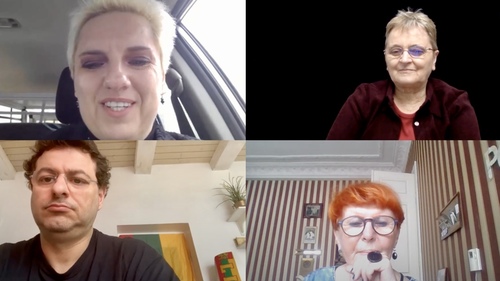
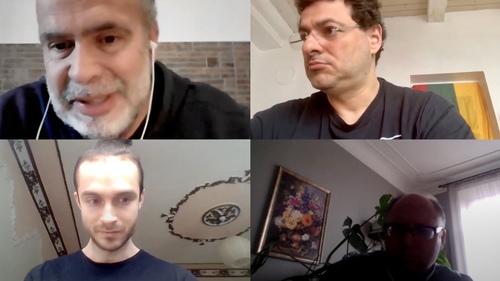
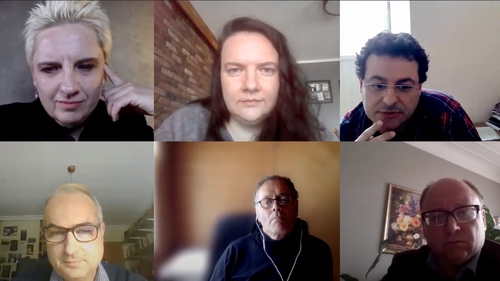
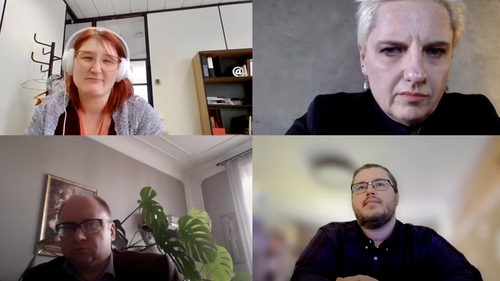
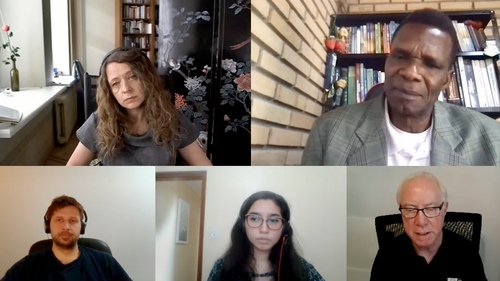
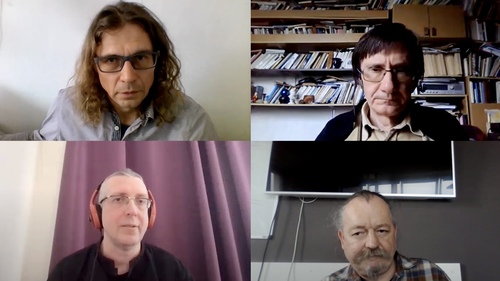
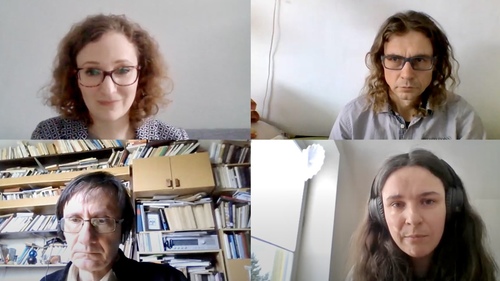
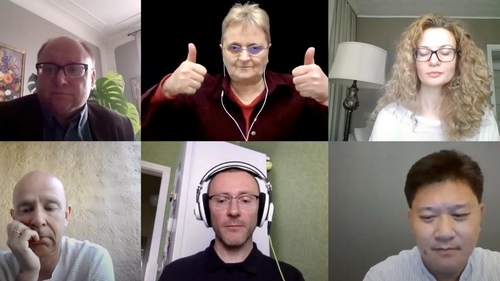

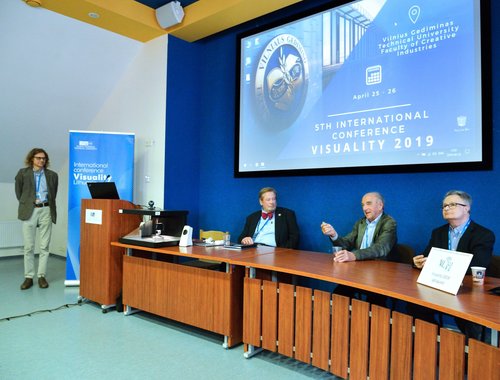
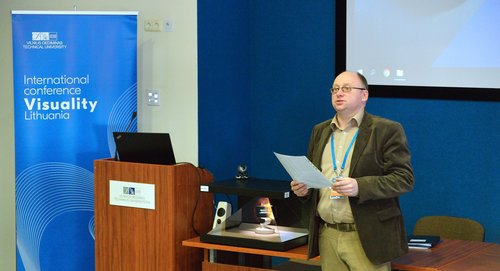
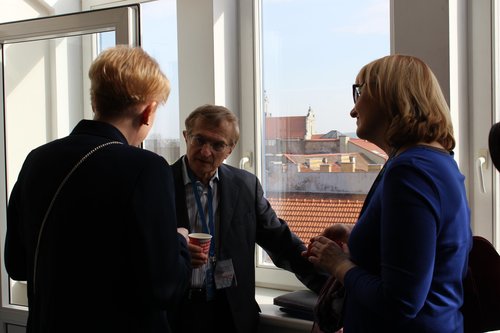
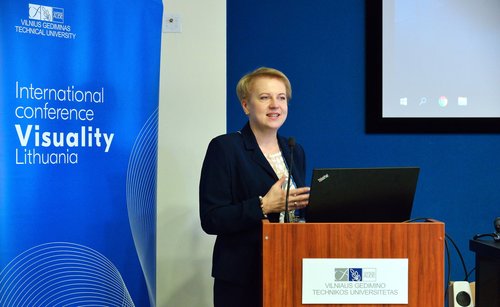
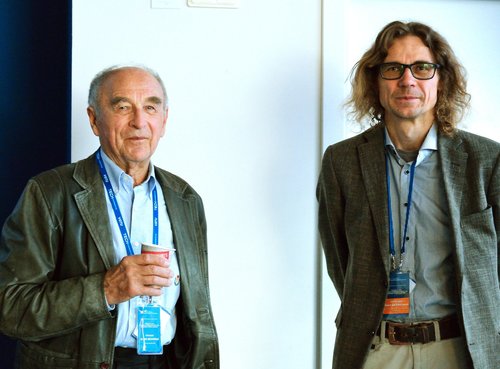
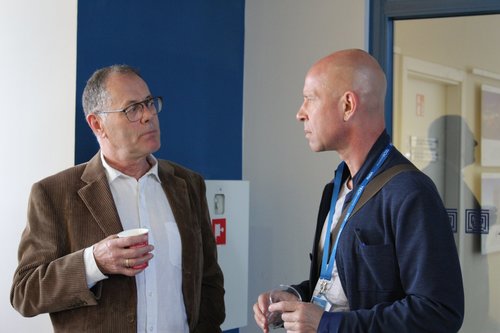
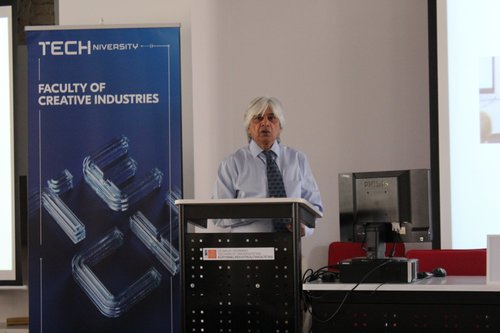
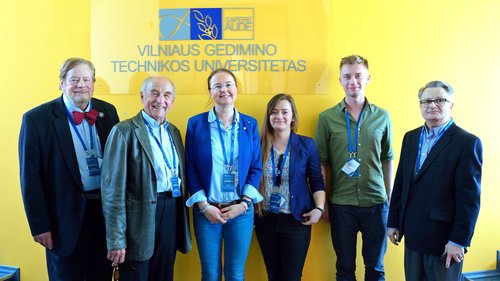
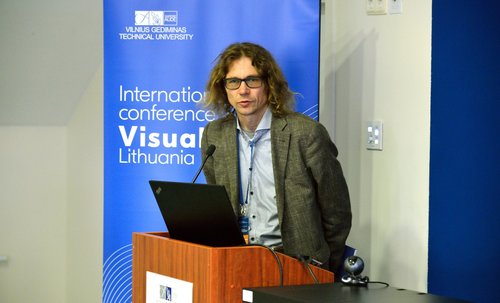
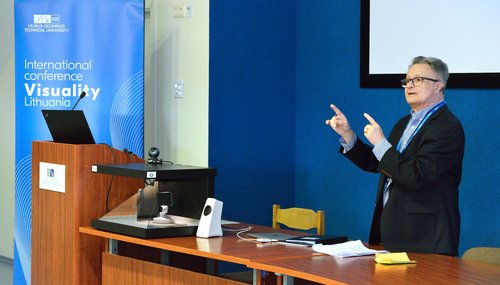
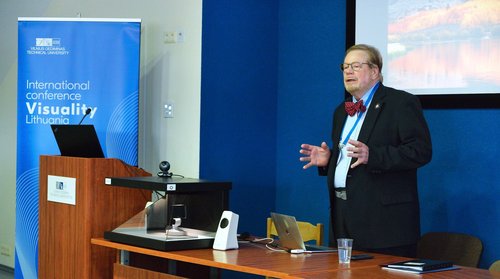
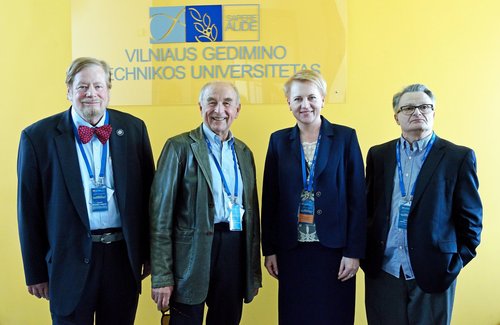
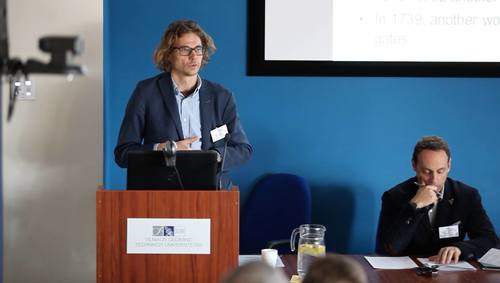
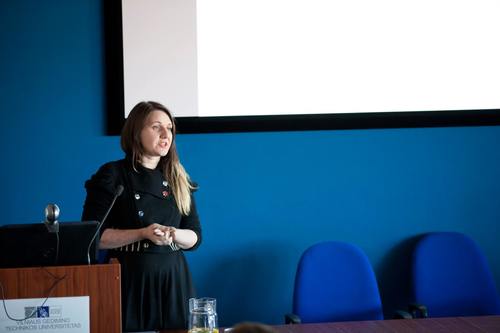
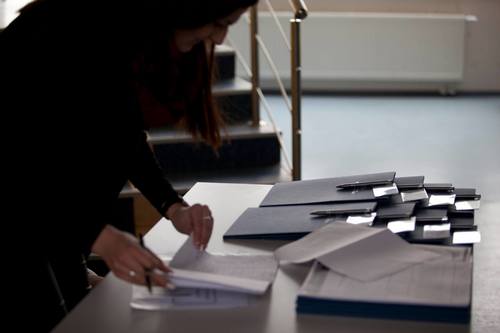
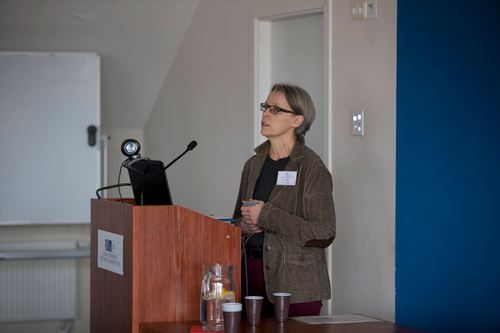
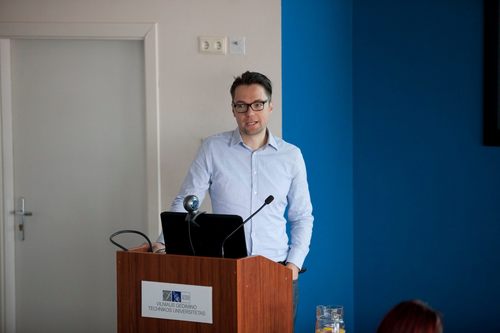
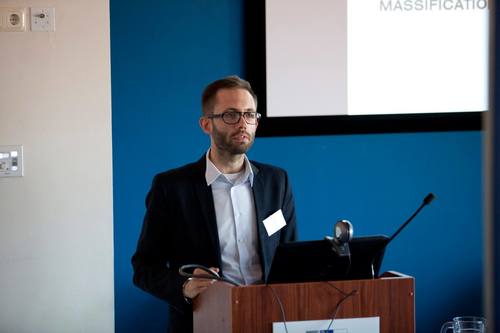
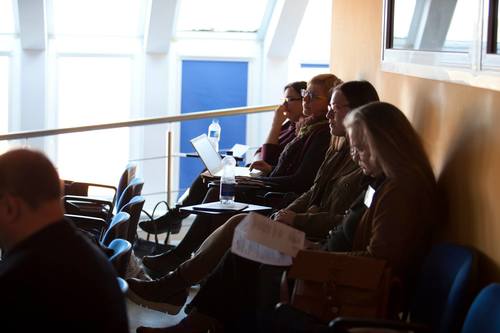
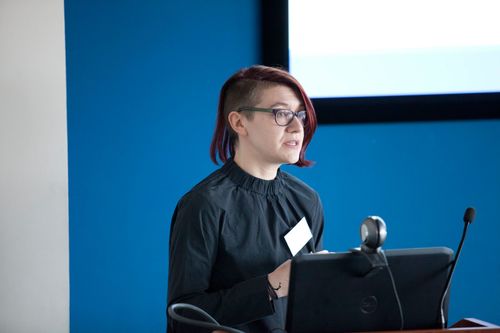
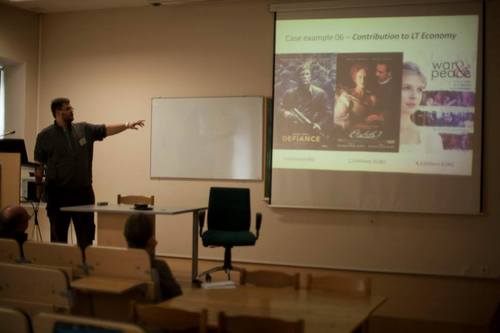
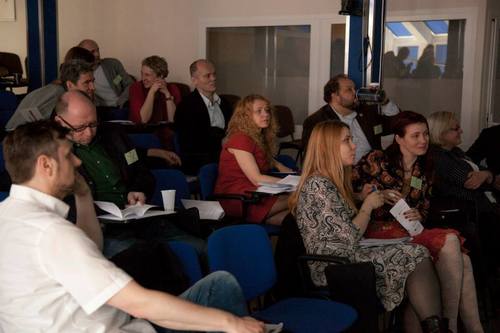
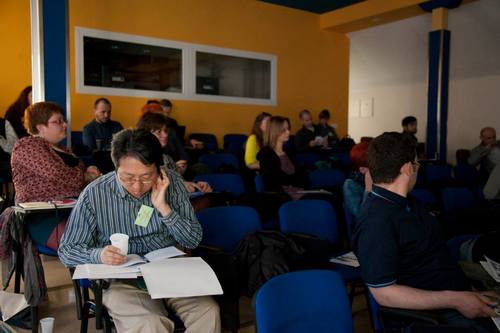
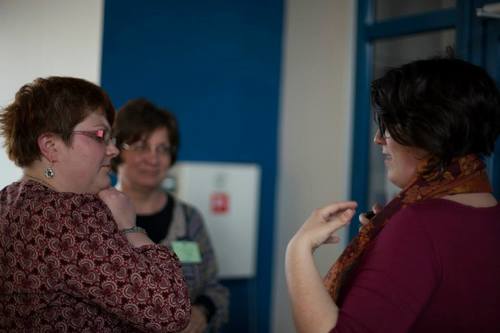
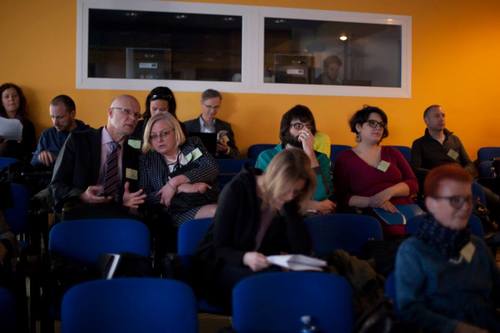
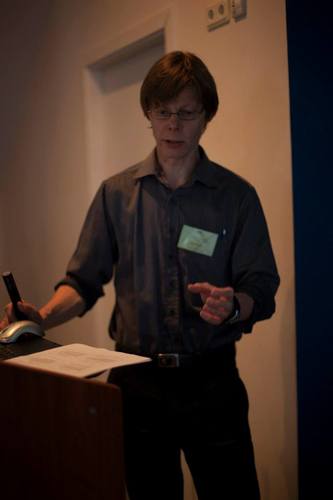
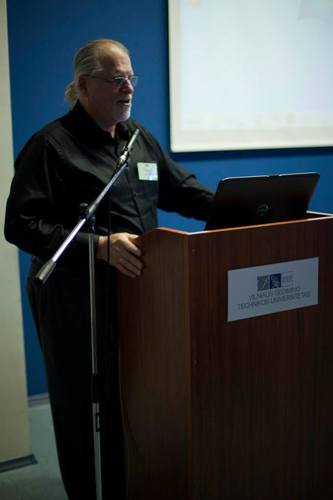.jpg)
